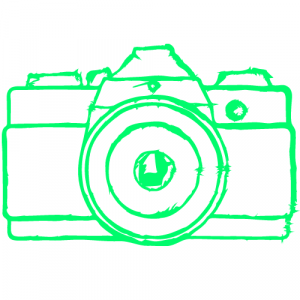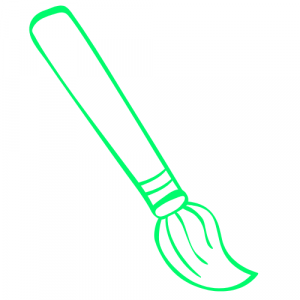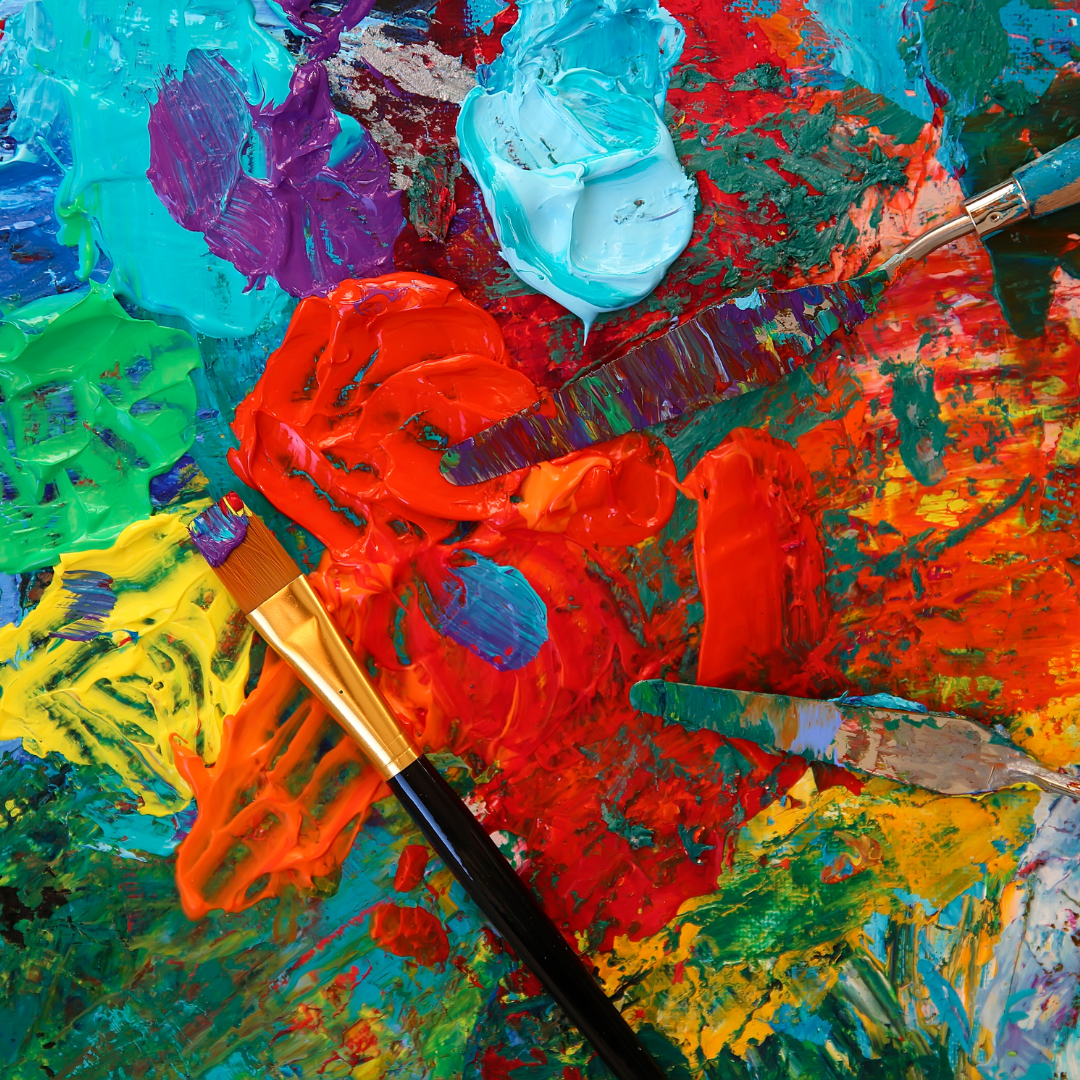Finding the perfect medium can be a daunting task. There are many options to choose from – watercolors to acrylics, color pencils to markers; you could easily spend days visiting galleries but still not be convinced which medium is best for you. We have combed through popular art books and come up with our top 4 art mediums to explore. Go ahead, get creative!
While some choose watercolors, others gravitate towards oils, charcoal, or pastels—still, others like acrylics, a medium that allows for creativity without the mess. We’ve explored some of our favorite paintings throughout history, and we thought we’d let you in on a few of the mediums used by our favorite artists. Here are the top 4 artistic mediums to explore, along with some tips on how you can use them to recreate great works of art
Acrylic Paint Mediums
Acrylic paints are versatile, but how do you make acrylics more versatile? Acrylic paint mediums make it possible to create a variety of effects, including spatters, glazes, and layering, all of which can give an otherwise simple painting a whole new look. To see what effect a painting medium can make, try layering a wash, matte medium, or gloss medium with your acrylics, then add white to your painting to create an optical illusion, creating depth and adding interest.
Acrylic Paint Mediums are often used to speed up acrylic paint drying. Some artists mix their own mediums, while others buy prepared mediums. Because acrylic can be washed away, different mediums have different considerations. For example, the Liquitex Heavy Body Acrylic Paint Medium is a thick paint with emulsifying wax that can withstand being fully washed away. At the same time, Liquitex Heavy Body Gel and Heavy Body Paste are small droplets of gel that can be rinsed away. Using the right medium for your painting is a must.
Painting with Watercolor
Watercolor painting is 100% fun and 99% mess. But don’t make any hasty judgments. That first painting you put down on paper, perhaps on one of those beautiful watercolor paper pads, will be messy. If you don’t mind getting messy, watercolor is an amazing medium that can produce beautiful, vibrant, and soft results. And this is a great place to start. After all, you have nothing to lose. So, grab your paints and brushes and get started.
Painting with watercolors is a relaxing hobby and a great way to express yourself. Painting with watercolors is one of the easiest ways to express yourself artistically. Perhaps the best part is you don’t need to be a professional artist, expensive paints, or tons of supplies. All you need is a little bit of patience and the willingness to learn.
Oil Paint Mediums
Oil paints have been around for thousands of years. The first mention of oil paints comes from Egyptian hieroglyphics. Oil paints contain naturally occurring plant pigment mixed with an oil binder called linseed oil. The binder and pigment are mixed together with water, forming a thick gel. Once the gel has dried, it is then applied to the surface. Oil paints work best on non-porous surfaces like paper, wood, canvas, and plaster, but they can also be used on metal. The paint dries quickly, so there is very little clean-up. Oil paints are varnished for protection. When the oil paint is dry, it can be sanded, buffed, and polished in order to give it a satin finish and bring out the color.
Oil-based paints are the oldest type of paint on the market, dating back to the ancient Egyptians. These paints have been used to copy artwork, paint murals, and decorate buildings, homes, and cars for centuries. Many early civilizations used animal fat and vegetable oils as their paint mediums, but as time went on, vegetable oils proved much less durable than animal fat. The Egyptians used a mixture of animal fat and mastic resin, while the Egyptians and Romans used olive oil. Both were proven quite effective and durable but eventually produced mold growth and were less resistant to heat than animal fat.
Gouache Painting
Gouache is a type of acrylic paint made from pigment and gum Arabic dissolved in water. Most types of acrylic paints being manufactured today have similar properties, but gouache has a more water-like consistency. The paint is opaque but can be thinned with gum Arabic, varnish, or gouache medium.
With so many options for modern design, it’s easy to forget the art of gouache. Gouache painting can be detailed, bright, bold, or muted in any style you want. The beauty of painting with gouache is that you can create texture and layers using different paints, colors, and mediums. Gouache is water-based paint and medium that dries quickly and is water-soluble. It comes in various colors so everyone can find their perfect pigment hue.
Each of the four art forms I’ve discussed has distinctive qualities that make them an attractive option for artists. Ultimately, you’re the only one who can decide which medium you’d like to try. But if you’re having trouble, consider a second opinion from a trusted friend or a professional.



